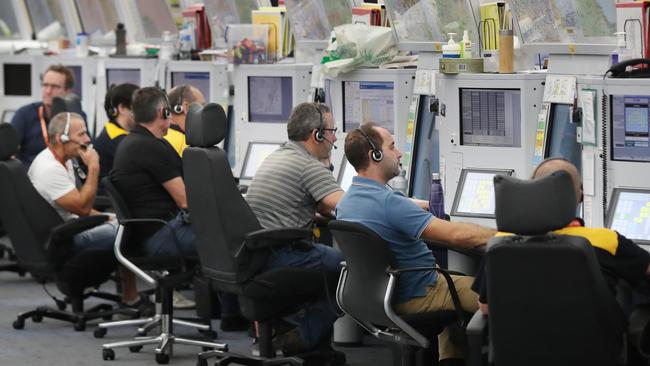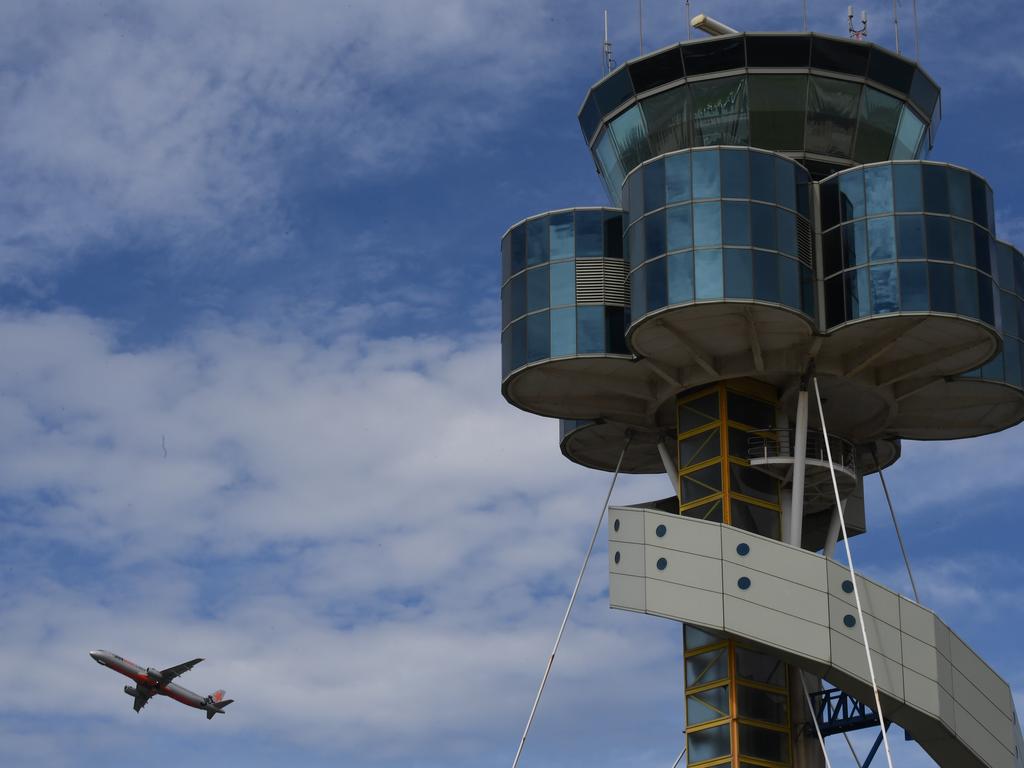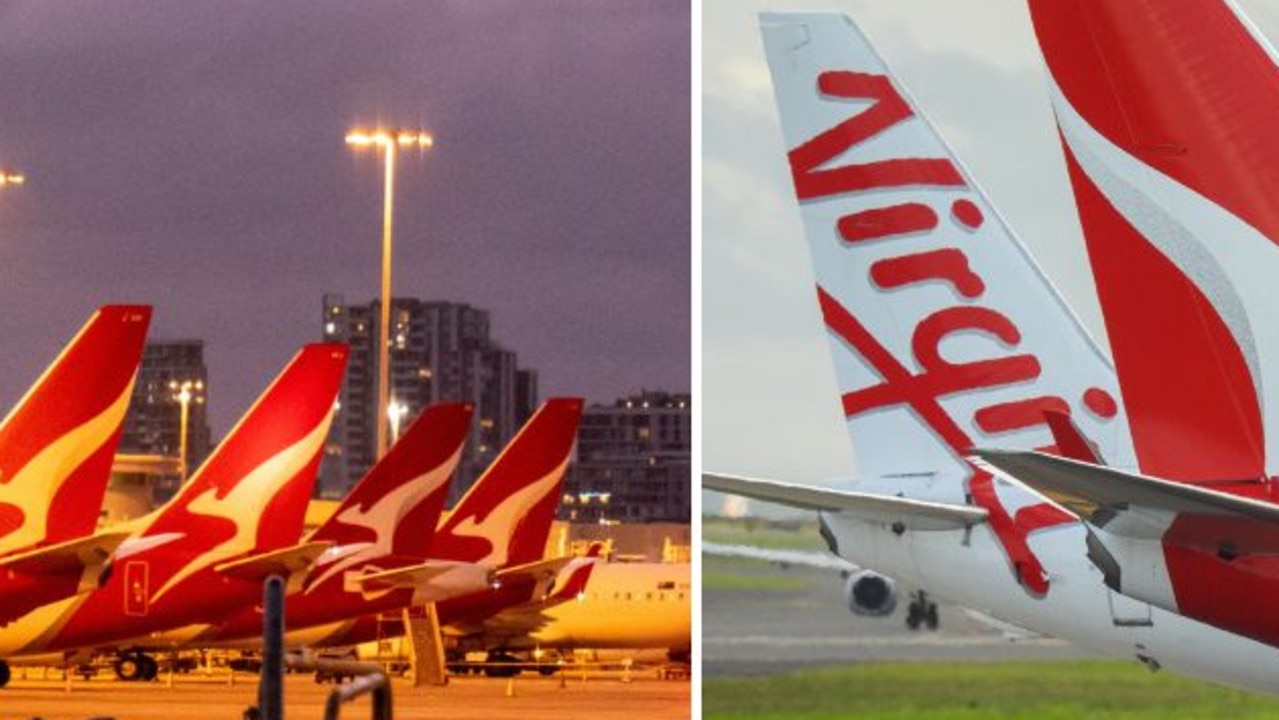Understaffing blamed for air traffic controller nodding off on third night shift in a row
Multiple night shifts and inadequate management of fatigue risks also contributed to the controller falling asleep at the Brisbane operations centre, the ATSB said.

Business
Don't miss out on the headlines from Business. Followed categories will be added to My News.
An investigation into a Brisbane air traffic controller who was found asleep on the job has pointed to understaffing at Airservices and inadequate fatigue risk management as contributing factors.
The controller was midway through a block of six 10pm-to-6am night shifts when he was found asleep at 5.15am on December 9, 2022, lying across two chairs under a blanket.
He had been managing Cairns’ airspace, which was typically very quiet overnight and no flights were scheduled until after the controller’s shift.
The Australian Transport Safety Bureau’s report on the incident found the very low workload, time of day, and a roster pattern with multiple night shifts resulted in the controller nodding off.
ATSB chief commissioner Angus Mitchell said there were no negative consequences from the incident but it highlighted areas for improvement in work scheduling and fatigue risk management at Airservices.
The report pointed out that there were 19 controllers available for the Cairns airspace but 23 were required to cover the 24-hour operational requirement.
As a result the Cairns roster was frequently published with vacancies, leaving it to shift managers to find people to fill the blanks.
“An over-reliance on tactical changes to manage the roster at Airservices was likely due to an underlying lack of resources,” Mr Mitchell said.
“As a result, cumulative fatigue was not being effectively managed strategically, and an over-reliance on tactical principles did not identify or manage fatigue risks arising from the work schedule.”

Following the incident Airservices increased its overall number of air traffic controllers, including in the North Queensland group.
The investigation also found that Airservices’ fatigue assessment and control tool did not identify “low workload” as a fatigue hazard.
“Fatigue remains one of the most relevant ongoing concerns for safe transport, despite increased awareness across the transport sector,” Mr Mitchell said.
“We urge transport operators to investigate fatigue events to identify and remedy deficiencies in work scheduling, fatigue risk management process and risk controls.”
The report came after another instance of an air traffic controller taking an ill-timed rest break at the Cairns Airport tower on the morning a Nautilus Aviation employee took an unauthorised flight in a helicopter, and ultimately crashed into a hotel.
Blake Wilson, 23, died in the crash on the morning of August 12. The ATSB was expected to deliver a preliminary report on the tragedy within weeks.
Following the incident, it was revealed the air traffic controller on duty was taking a rest break due to the fact no flights were scheduled at Cairns Airport.
He did not go to sleep and responded to audio cues from his screen but did not see anything untoward.
The ATSB noted that the Civil Aviation Safety Authority had recently introduced changes to air traffic service fatigue risk management system requirements, and Airservices was working with the regulator to trial its existing system against the new benchmark.
Originally published as Understaffing blamed for air traffic controller nodding off on third night shift in a row





